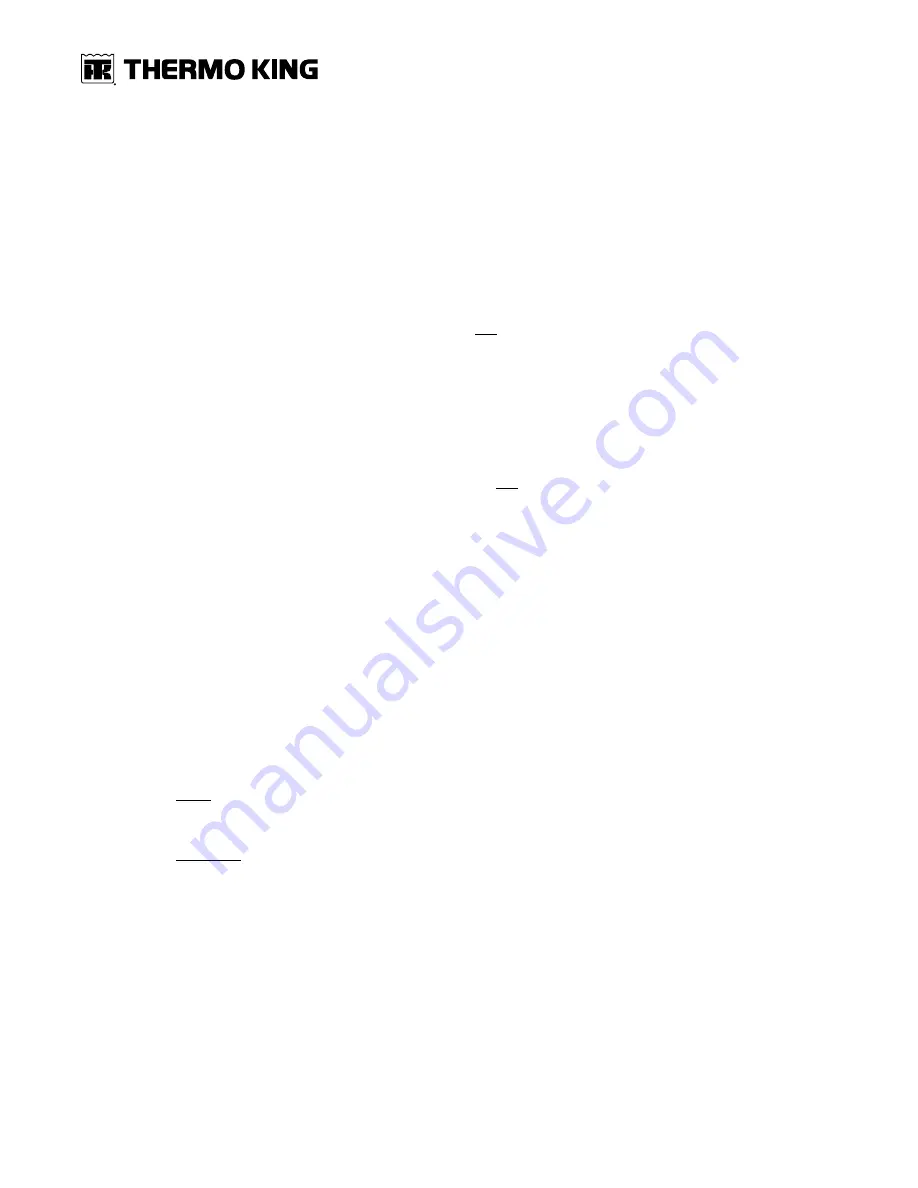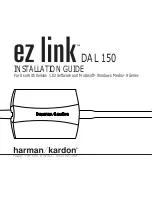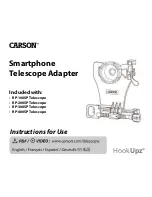
100
TK 56430-18-IP-EN
Section 12 - System Charging Procedures
Overview
To help ensure optimal system performance and reliability it is critical that proper refrigerant charging procedures are
followed during installation and repair events. This section outlines the updated refrigerant charging procedure for all
Vehicle Powered Truck units utilizing swash plate or reciprocating compressors.
Refrigerant Charging Procedures
Following proper refrigerant charging procedures is required to ensure system performance and reliability.
IIm
mp
po
orrtta
an
ntt:: Failure to properly charge the unit with refrigerant will result in the following:
•
Compressor Failure
•
System Overcharged: Fault codes, or system damage due to high discharge pressure.
•
System Undercharged: Fault codes, reduced system performance or compressor damage.
Depending on the model, charging can be done using a 2-Point, 3-Point, or 4-Point connection. Refer to (
Discharge (High Side) Charging
IIm
mp
po
orrtta
an
ntt:: Failure to properly charge the system with refrigerant will result in immediate damage to the compressor.
1. Connect the gauge manifold set to the liquid port on the refrigerant bottle, open the liquid valve on the refrigerant
bottle and purge the gauge manifold set.
2. Verify the gauge manifold set red hose (High Side) is connected to a Discharge (High Side) service port (connected
in previous procedure).
3. Place the refrigerant bottle on a scale and zero the scale.
4. Open the High Side valve on the gauge manifold set and add the recommended amount of refrigerant for your unit.
Refer to the unit specific installation manual to identify the recommended initial charging amount of refrigerant for
each unit.
•
The actual amount of refrigerant required for each unit will vary based on hose lengths and compressor type/
size. Additional refrigerant may need to be added or removed.
•
It may be necessary to heat the refrigerant bottle using a heating blanket or warm water to add the full charge to
the High Side of the system. This will vary based on ambient temperatures.
•
If the full charge cannot be added through the High Side of the System, the remaining charge will be added by
following the
“Suction (Low Side) Bump Charging,” p. 101
5. Close the gauge manifold set valves and refrigerant bottle valve.
•
Models WITH Electric Standby: Operate the unit on Electric Standby.
•
Connect the power cord. Turn the unit “ON” and place the unit in “Cool” mode for five minutes. Turn off the unit
and disconnect the power cord. Proceed to Step 6.
•
Models WITHOUT Electric Standby: Proceed to Step 6.
6. Start the vehicle’s engine and operate it at 1000 RPM.
7. Turn the unit “ON” and place the unit in “Cool” Mode. Lower the set point to the following:
•
R-134a: 25 degrees F (-4 degrees C)
•
R-404A/R-452A: 0 degrees F (-18 degrees C)
8. Operate the unit until the following box temperature is reached:
•
R-134a: 35 degrees F (2 degrees C)
•
R-404A/R-452A: 10 degrees F (-12 degrees C)
9. Check to verify the following discharge pressures are met or exceeded:
•
R-134a: 180 psig (12.5 bar)
•
R-404A/R-452A: 275 psi (19 bar)
N
No
otte
e:: Partially blocking the condenser coil may be necessary to achieve these pressures.













































